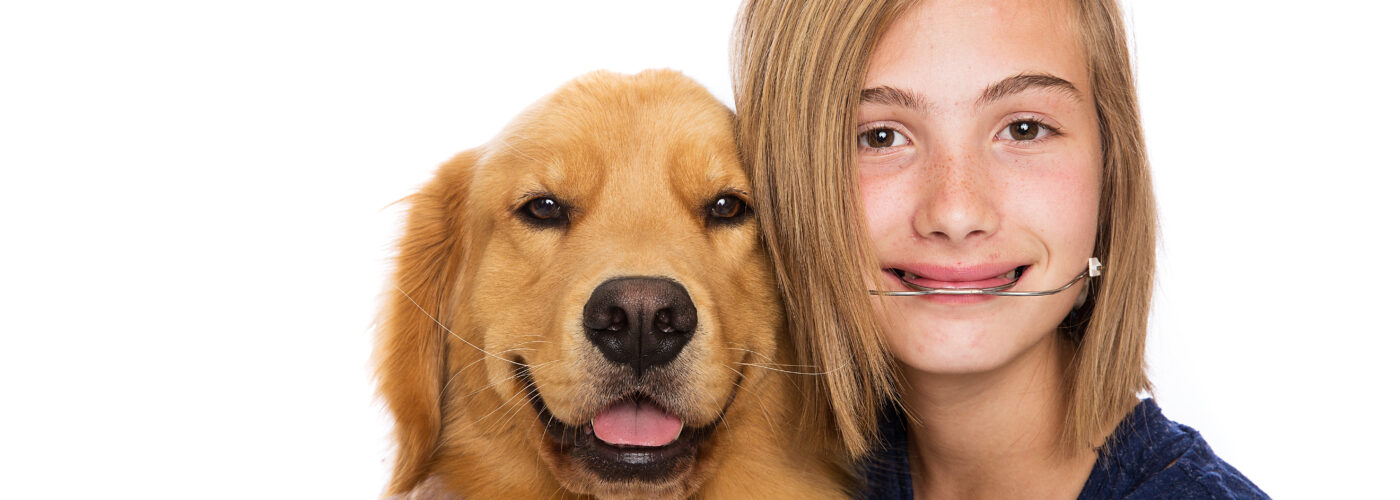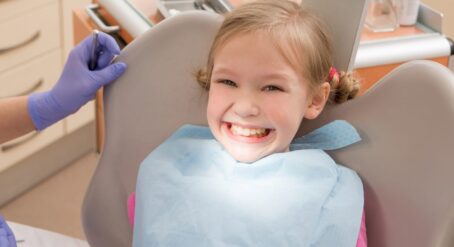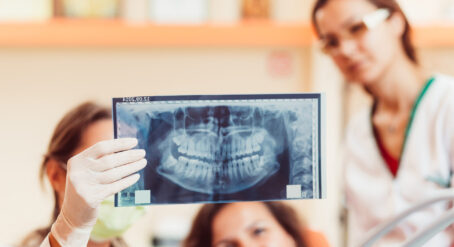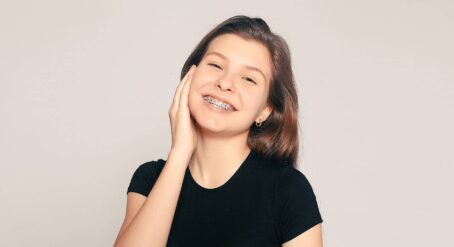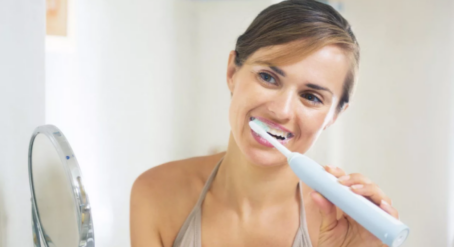When you think of headgear, you might imagine the padded helmets footy players wear to protect their heads during a game. Or you might think of elaborate head pieces for a costume party.
But did you know that there’s orthodontic headgear that can help perfect your child’s smile?
Headgear can be used to correct tooth overcrowding and misalignment. It can be effective method for treating jaw misalignment issues, such as an underbite or overbite.
So, if you’re curious about how these appliances can help your child’s mouth, read on to learn what you need to know about orthodontic headgears.
What is orthodontic headgear?
A piece of orthodontic headgear is an appliance you can wear on your head to help rectify your tooth or jaw problems. Children from the age of nine are the primary users of orthodontic headgear, as this is the age where their jaw and bones are growing. If a child has a misaligned jaw or tooth problems, wearing headgear during this time can help improve the position of the jaws and teeth.
Orthodontic headgear is worn externally and attached to the head. There are lots of different parts to the headgear that an orthodontist will change depending on why someone needs the headgear in the first place.
What is headgear used for?
An orthodontist may recommend headgear to improve bite problems, such as protrusive upper front teeth or a reverse bite.
To ensure you and your child see effective results, it’s important that you help your child wear their headgear correctly. This includes learning how to take it on and off properly, as taking it off incorrectly can snap the bands or potentially hurt your child’s mouth.
What are the different types of headgear?
There are different types of orthodontic headgear your child can wear, but it all depends on their bite and tooth problems. Some types of headgear can be worn with braces (more on that later).
Cervical pull headgear is designed to correct an overjet – which is the orthodontic term for protrusive or “buck teeth”. The cervical pull can also be used to correct an overbite. This type of headgear has a U-shaped wire that connects to the bands of your child’s braces and has a strap that sits behind the back of your child’s neck. This type of headgear can help move your child’s front teeth backward if they are significantly protruding.
High-pull headgear is used to treat bites with a vertical problem. Pull headgear may be used for the correction of open bites, which is where there’s a gap between the bottom and top rows of teeth when the mouth is closed.
Reverse-pull headgear is often used to correct an underbite. This type of headgear has a wire that connects to the child’s braces and a strap that sits on their forehead and chin – which are also connect by a metal frame. The reverse-pull headgear pulls the upper jaw and teeth forward so that the child’s upper teeth can bite in front of the lower teeth.
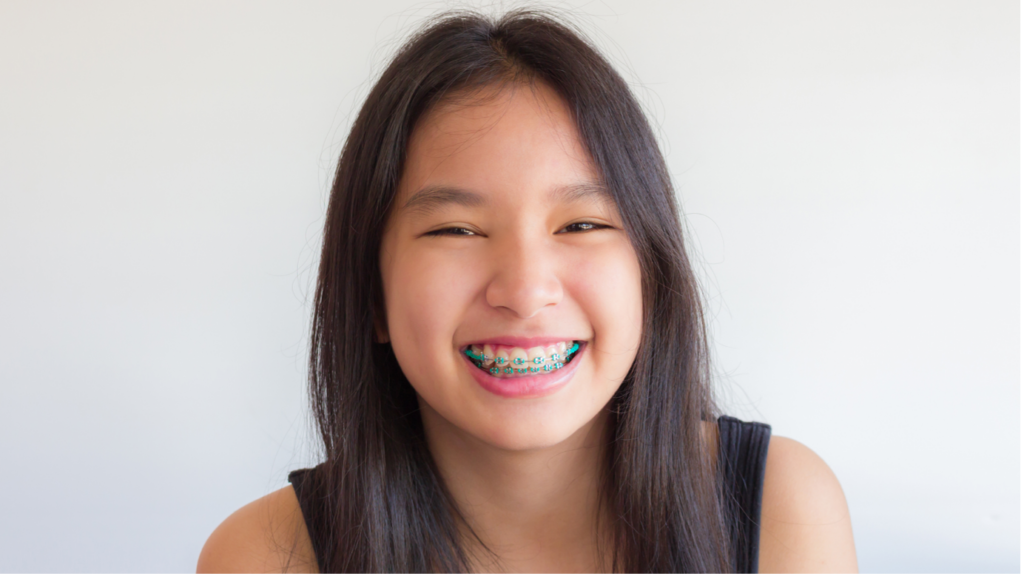
What does headgear do for braces?
If your child’s teeth need additional control and movement in a particular direction, and orthodontist may recommend that they wear braces with headgear. The orthodontist will attach the headgear to the braces as part of the active stage of the braces-wearing process.
Do you wear headgear all day?
No, you don’t need to wear the headgear all day. Your orthodontist will specify how long you need to wear the piece of headgear, which can be around 10 to 14 hours each day.
While wearing headgear might be uncomfortable during the first couple of days or after the orthodontist adjusts the appliance, it’s important your child wears the headgear for the time specified by the orthodontist. Usually over the counter pain relief is enough to reduce the pain and make the headgear-wearing experience more comfortable.
How long does orthodontic headgear take to work?
Like with any orthodontic treatment, it will take some time before you start seeing results, often between 3 and 6 months. This will also depend on how diligently you’re wearing the headgear for. If you wear it for the length of time recommended by your orthodontist, then you might see results sooner than if you didn’t wear the headgear for the right amount of time.
What are the side effects of headgear?
Headgear is an effective orthodontic treatment option. However, wearing it might lead to some discomfort and soreness, especially when you first start wearing it or after getting it adjusted.
If you wear your headgear at night, you might find it difficult to fall asleep. You can try alleviating the discomfort by placing two pillows around your face for more comfort.
Can you eat with my headgear on?
No, you can’t eat with your headgear on. You can drink through a straw while wearing the headgear, but you’ll have to take it off if you want to eat something or have a drink without a straw.
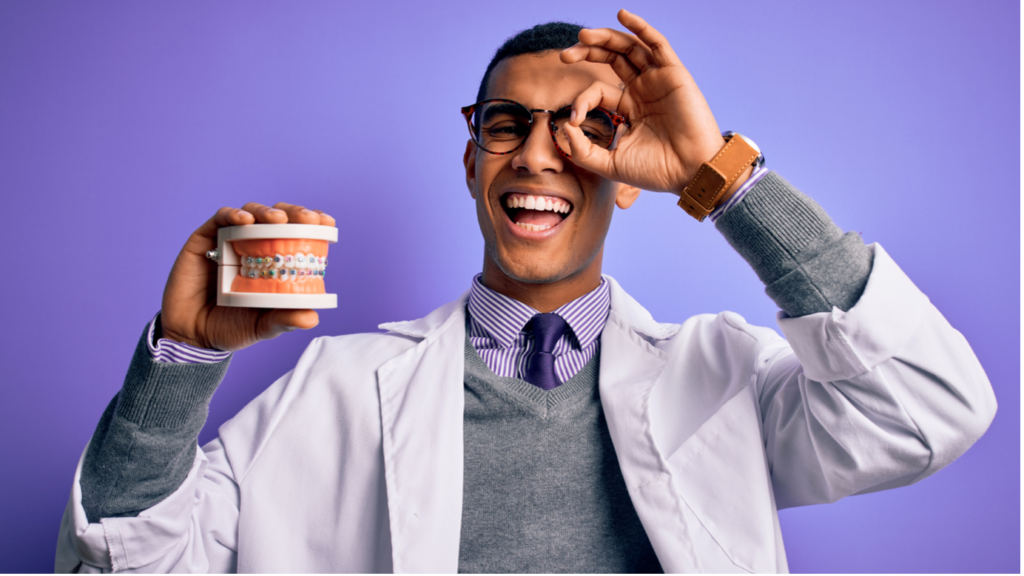
Do orthodontists still use headgear?
Orthodontists continue to prescribe headgear to fix specific cases of jaw and tooth misalignment in children. However, headgear is not used as much anymore as there are now other less visible methods, appliances, and techniques which can avoid the need to use headgear.
Help your child get their perfect smile
Orthodontic headgear can be a helpful adjunctive orthodontic treatment option. While everyone’s tooth and jaw needs are different, an orthodontist will examine what your child needs and develop a plan to ensure that they’re getting the best possible treatment. Addressing your child’s dental problems while they’re younger may be helpful. This can give them the best chance possible for a perfect smile.
If you think your child needs headgear to help with their jaw or teeth alignment, then use our Finder Tool to search for a specialist orthodontist near you.

